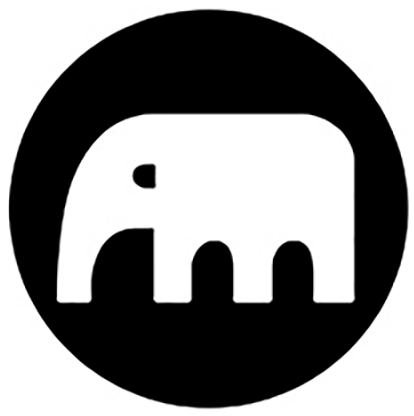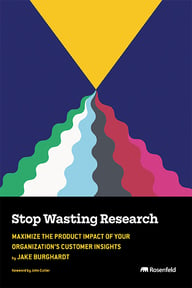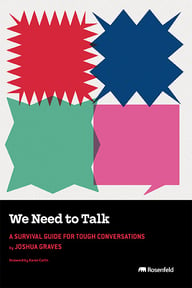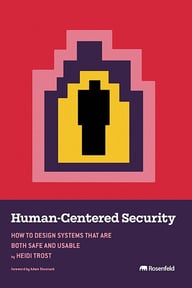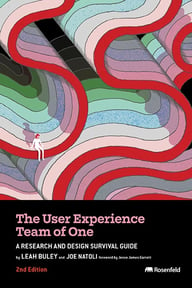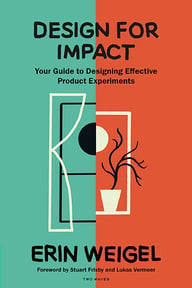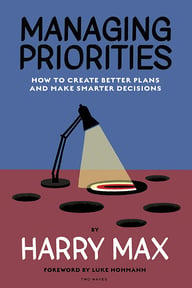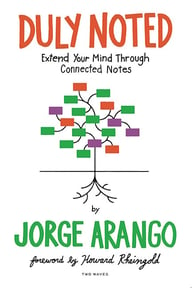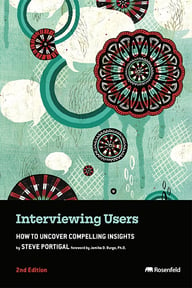Accessible only to conference ticket holders.
Log in Create account Buy conference recordings
For 90 days after a conference, only paid ticket holders can watch conference videos. After that, all Gold members have access.
If you have purchased recording access and cannot see the video, please contact support.
Summary
As AI and emerging technologies accelerate our teams’ ability to ship product, Design Ops practitioners are experiencing a fundamental identity shift that challenges traditional role boundaries. This talk explores how Design Ops practitioners are evolving beyond conventional program management into expansive, cross-functional roles that drive systemic change at enterprise scale. Through real-world case studies from Microsoft and Zapier, attendees will discover practical strategies for managing large-scale workflow transformations, building compelling business cases for significant tooling investments, and leveraging AI automation to amplify operational impact. The presentation addresses Design Ops leaders, managers, and practitioners who are navigating the tension between speed and scale while redefining their professional identities in an AI-driven landscape. Key learnings include strategies for piloting “minimum unviable products,” the importance of data hygiene for AI integration, and actionable approaches for growing “builder culture”.
Key Insights
-
•
AI is dissolving traditional boundaries between designers, product managers, and developers, requiring new blended identities.
-
•
Design ops, product ops, and engineering ops are converging from separate silos toward more integrated collaboration.
-
•
Athia's career evolution shifted from championing dedicated design ops to adopting a product-first ops mindset with broader impact.
-
•
Zapier’s automation of product planning across 27 squads using Coda dramatically improved visibility and coordination of inter-team dependencies.
-
•
Async feedback mechanisms paired with push notifications accelerated executive reviews and team alignment at Zapier.
-
•
At Microsoft, introducing a new design-to-code process cut front-end development time by 2–10 hours weekly while improving product quality for 91% of participants.
-
•
Large legacy organizations face cultural and regulatory challenges in adopting new workflows but have strong appetite for piloting incremental change.
-
•
Minimum viable products and clear data-driven metrics (e.g., speed and quality) are critical to proving impact and securing leadership buy-in.
-
•
The future of design ops involves architecting infrastructure-like processes and leading cultural change at scale rather than merely managing existing workflows.
-
•
A growth mindset and builder culture are crucial for navigating evolving roles and uncertainties brought by AI and organizational shifts.
Notable Quotes
"If the choice is adapting or dying, what would it look like if we adapted?"
"Who do builders become in this new future AI universe and how do we play together?"
"Ego death is a painful, almost burial-like process of letting go of aspects that have become our identity over decades."
"AI and automation have meaningfully raised the bar for how I operate as an ops."
"It’s the art of architecting friction out of a process."
"Sometimes business context points us to a direction where we no longer have the safety of our identity constructs."
"Minimum unviable products don’t need to be perfect or scalable to start, just enough to prove demand."
"Data is power; find your eigen metric, the one or two things that prove your hypothesis."
"Change is a team sport; meaningful systemic change requires partnerships and advocacy from bottom to top."
"Our edge isn’t in managing what exists; it’s in architecting new meaning at scale where process becomes infrastructure."
Or choose a question:















More Videos

"I tried to do everything all by myself at first and it didn’t catch on because no one else knew I was doing it."
Shipra KayanHow we Built a VoC (Voice of the Customer) Practice at Upwork from the Ground Up
September 30, 2021

"Those who don’t know the past are doomed to repeat it."
Erin MaloneUnderstanding the past to prepare for the future
July 19, 2024

"The most important tool is not for running experiments, but for planning them—the experiment grid."
Alissa BriggsHow to Coach Enterprise Experimentation
May 14, 2015

"Junior engineers often resent having to create OKRs that feel disconnected from their day-to-day work."
Bria Alexander Benson Low Natalya Pemberton Stephanie GoldthorpeOKRs—Helpful or Harmful?
January 20, 2022

"Measuring impact means linking research insights back to decisions and how they affect roadmaps and priorities."
Ned Dwyer Emily Stewart James WallisThe Intersection of Design and ResearchOps
September 24, 2024

"Before giving someone access to research tools, we do a 60-minute one-on-one training to cover the essentials."
Clemens Janssen Jane DavisEfficiently Scaling Research as a Team of One
March 28, 2023

"Storytelling helps convince internal stakeholders and C-level executives that emotional insight is critical."
Kelly GotoEmotion Economy: Ethnography as Corporate Strategy
May 13, 2015

"If you want to prove someone wrong, you’re actually not seeing the person in front of you."
Lin NieWhen Thought-worlds Collide: Collaborating Between Research and Practice
March 10, 2021

"In times of great upheaval, possibilities for transformation become more alive."
Victor UdoewaTheme One Intro
March 27, 2023
Latest Books All books
Dig deeper with the Rosenbot
How does the culture clash between design's human-centered values and corporate bureaucracy manifest in organizational health?
What cultural insights about Italian garages impacted Autodoc Pro’s market entry strategy?
What is the spectrum of research democratization and how can organizations select the right level?
